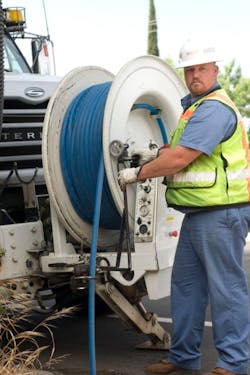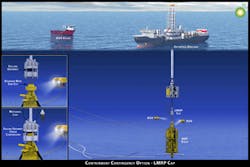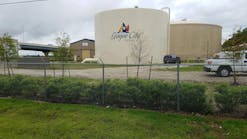By Pete Karns
Many sewer and sanitation agencies face significant challenges in cost-effectively managing and maintaining aging water and sewer infrastructures. Two wastewater agencies in Northern California - the Sacramento Area Sewer District and the Sacramento Regional County Sanitation District - employed automation technologies to help meet those challenges.
Through an automated, integrated approach to asset and maintenance management, the SASD and SRCSD were able to gain greater operational visibility, detect and resolve infrastructure problems proactively, and reduce costs.
The Sacramento Area Sewer District (SASD) is responsible for managing wastewater collection services for more than one million people in the Sacramento region, including the unincorporated areas of Sacramento County, the cities of Citrus Heights, Rancho Cordova and Elk Grove, as well as portions of the cities of Folsom and Sacramento. Its wastewater collection system relies on more than 400,000 assets including 52 miles of forced mains and pressure systems; 98 pump stations; 3,000 miles of mainlines; 1,300 miles of lower laterals; and 279,000 service level connections. These pipes and pump stations collect wastewater directly from homes and businesses before sending it to the regional treatment facility, run by the Sacramento Regional County Sanitation District (SRCSD).
Previously, SASD used a computerized maintenance management system, but the system wasn't meeting the agency's primary goal of cost-effective management. For instance, the system didn't allow the cost of all work associated with a work order or asset to be rolled up into one view, which complicated the agency's preventative maintenance efforts. To gain this capability, SASD implemented IBM Maximo Asset Management software working with EMA, Crory & Associates and IntelliSolns.





